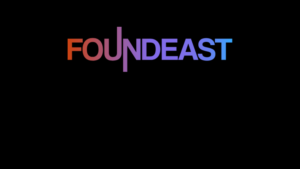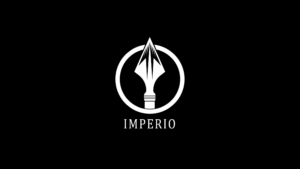The devil is in the details.
Heck, a signature colour within your branding can boost brand recognition by 80%!
This same principle applies to your slogan.
The tagline of a business can help consumers remember your brand better and associate it with certain qualities.
It also acts as a way to hook people in to make them check out your products and services.
Writing an epic slogan is easier said than done, though.
You need to make it stand out from competitors, be unique, and sum up your company all at once.
That’s why today I’m going to be teaching you how to write a slogan effectively along with some real life examples for inspiration.
Follow along. 🙂
What is a business slogan?
First of all, let’s define what a slogan is. According to our friendly neighbourhood friend Google, it is:
A short and striking or memorable phrase used in advertising.
Slogans can be used for a variety of purposes, too.
They can be used for individual advertisements, products, or a business as a whole.
Hence why learning to write them effectively is important because you’ll be writing more than one tagline in your days as an entrepreneur.
Let’s jump into the meat and potatoes of today’s article with that being said: learning to write slogans.
Tips for writing a business slogan
Approaching slogan copywriting is like any other piece of copy.
It’s wise to begin by brainstorming as many ideas as possible and swiping other materials for inspiration.
Before you can take those steps, you should apply these slogan writing tips I’ve outlined ahead.
1. State a benefit within the slogan
Stating a direct benefit in a slogan allows customers to instantly know what they will get out of purchasing from you.
Look at Walmart’s, for example:

“Save Money. Live Better.” directly tells the reader of the slogan that they will be able to save money and live a better life by shopping at Walmart.
It makes sense, too.
Walmart is a general retailer that sells everything and is known for having good deals.
Over time it’s fair to say that customers would associate cost savings and being frugal by shopping at their store.
This also attracts a specific type of person to the store which is called a buyers persona.
Keep in mind the type of customer that you’re trying to attract and shape the slogan to appeal to them.
I recommend reading my previous post on features versus benefits to learn about this technique in-depth.
2. Keep it short and sweet
I wrote an article recently on how most people’s attention is shorter than that of a goldfish, and how to market to them accordingly.
That plays into slogans, as well.
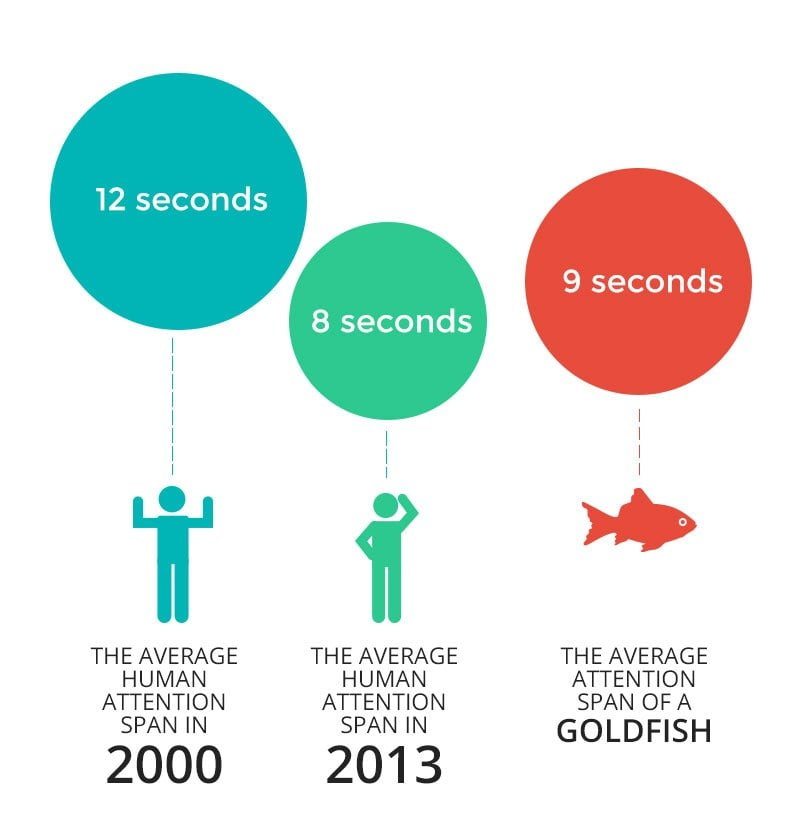
We can talk about social media, video games, and all that jazz which is probably playing into the lowering of attention spans, but that’s not what matters.
We’re not psychologists, we’re marketers. And that means we need to adapt to consumer behaviour and not necessarily break it down into a science.
With that being said, I’d recommend trying to keep slogans as short as possible with still getting the main message across.
KFC is a great slogan example in this case:
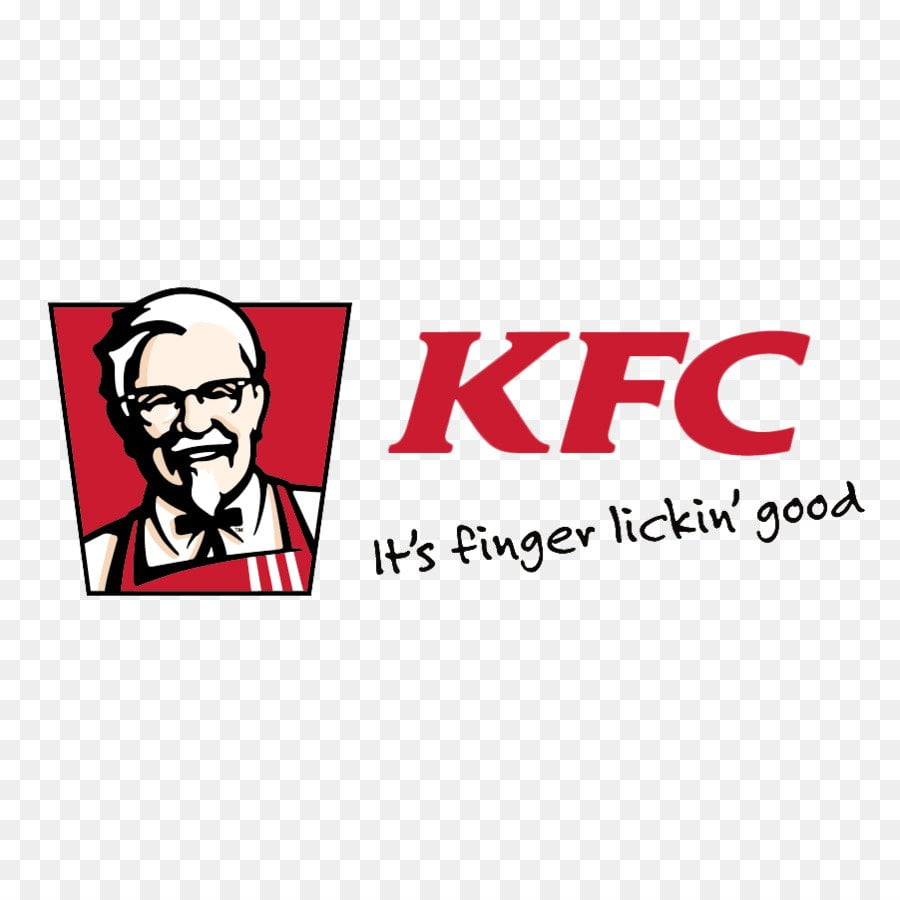
It’s four words. That’s it.
Yet those four words sum up their product and experience perfectly and puts a visual in your head.
3. Align it with the logo
Brand consistency is key to build trust and recognition.
If consumers can’t recognize your brand across different channels, it may confuse them or have them thinking they found the wrong business.
This is precisely why it’s wise to keep your logo and slogan aligned, if not together like glue.
Burger King’s “Have It Your Way” slogan is a great example since the font and colour match the logo.
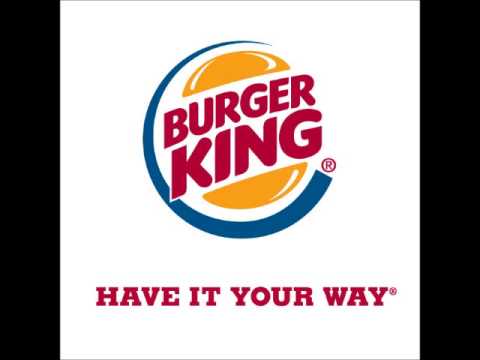
Remember what I mentioned earlier about having a signature colour? Burger King schools us on this here, too.
4. Add some humor if possible
You can make a slogan memorable and positive by adding humor to it.
This can be a funny saying or inside joke that only certain consumers would understand. Using a joke that only a specific group of people would get is another strategy for using a buyer persona.
Lay’s uses subtle humor in their classic tagline “Bet you can’t eat just one.”
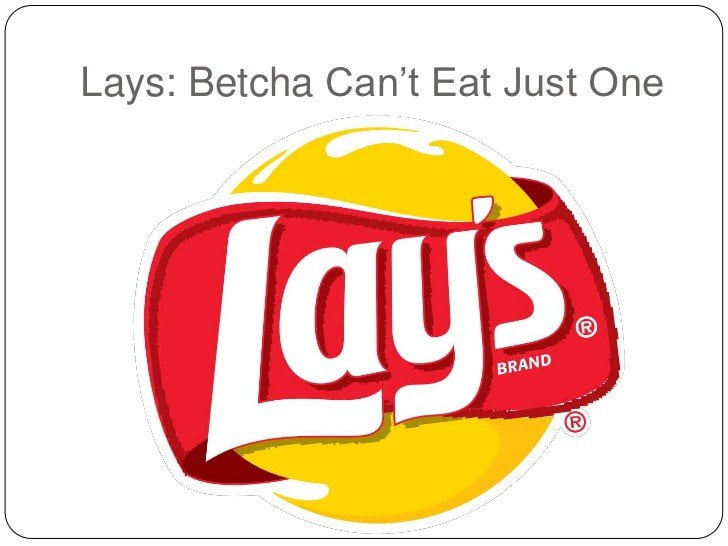
It’s a playful and fun line that also implies their chips are so good you won’t be able to help yourself but eat more.
5. Make it stand out among competitors
The slogan and identity of your brand need to be different than all of your competitors.
Small details like colours and shapes are often enough to carve a groove in an industry.
I’d recommend beginning by collecting a list of your competitors.
Let’s imagine that we run a web design agency, for example. We could search Google for a keyword like “Web design services” to start.
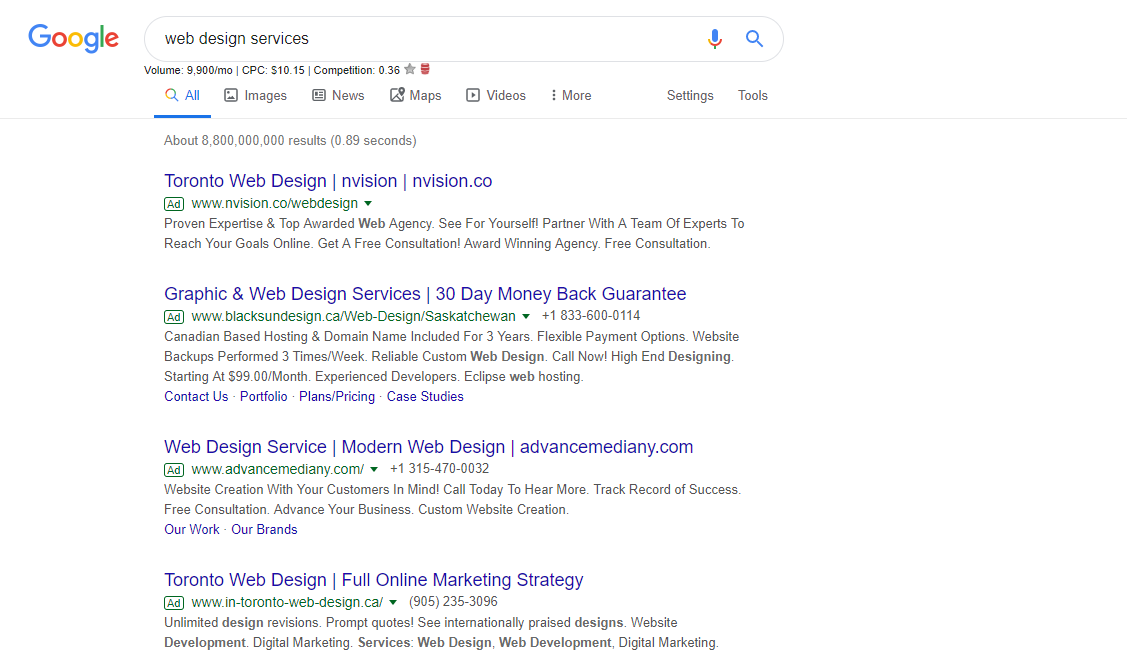
We would then go one by one through each competitor’s website and take notes on their tagline.
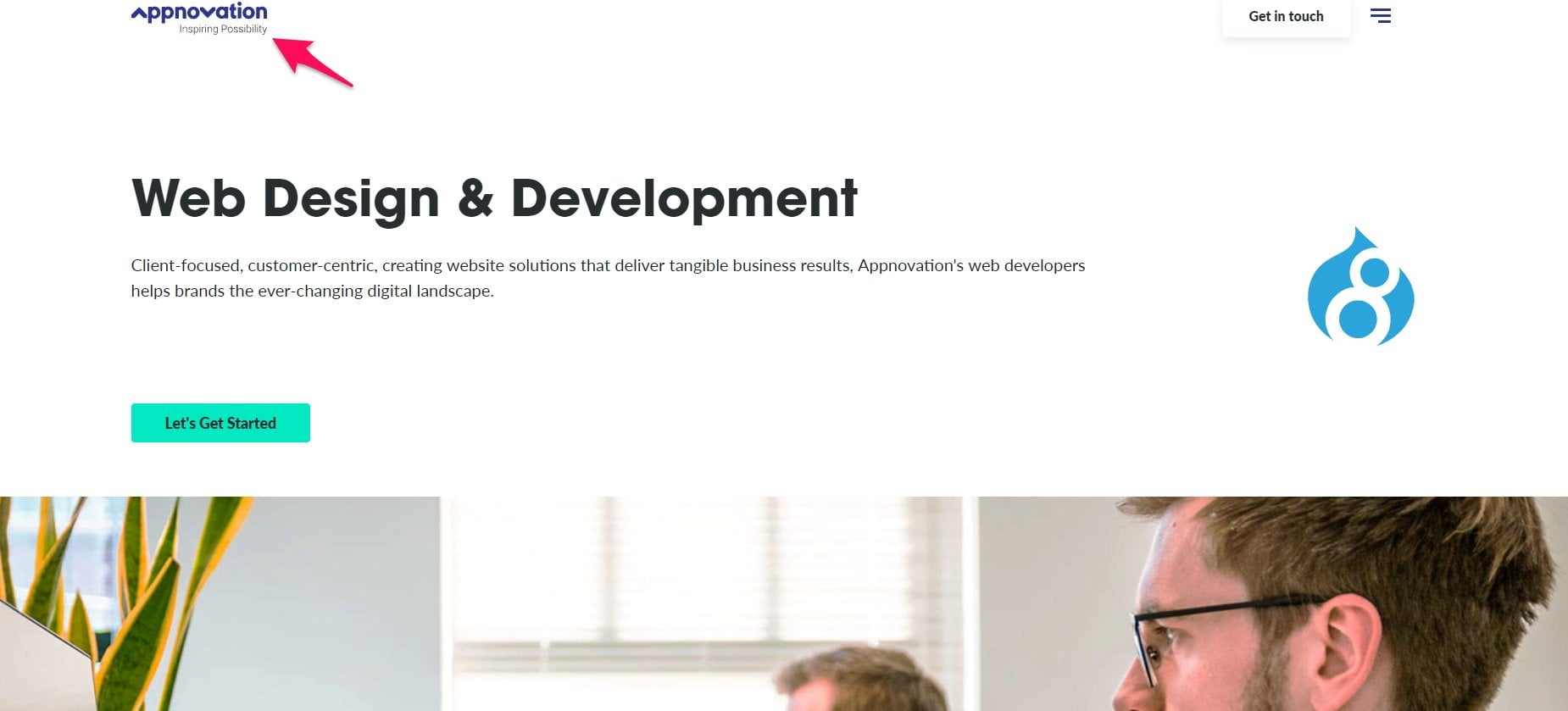
Once we’ve analyzed several slogans, we may come across findings like:
- Many of them are stating the direct benefit of their product.
- There’s the opportunity to use red or orange because most of the competition uses other colours.
- Some competitors aren’t using slogans at all.
- Etc.
You can then apply these patterns and opportunities to craft a truly unique tagline that jumps from the screen.
It’s also na excellent opportunity to state a unique vlaue proposition
This is something about your business or product that can’t be copied.
Do you have proprietary technology? Unique ingredients? Rare materials? State this in the slogan and consumers will have a clear reason to choose you over other brands.
6. Keep it consistent across different channels
Have you ever had a slightly different looking brand on your website, social media accounts, and other channels?
Not good.
You need your customers to instantly recognize you or they may become confused.
Look at Brian Dean, for example. Here’s his Facebook:
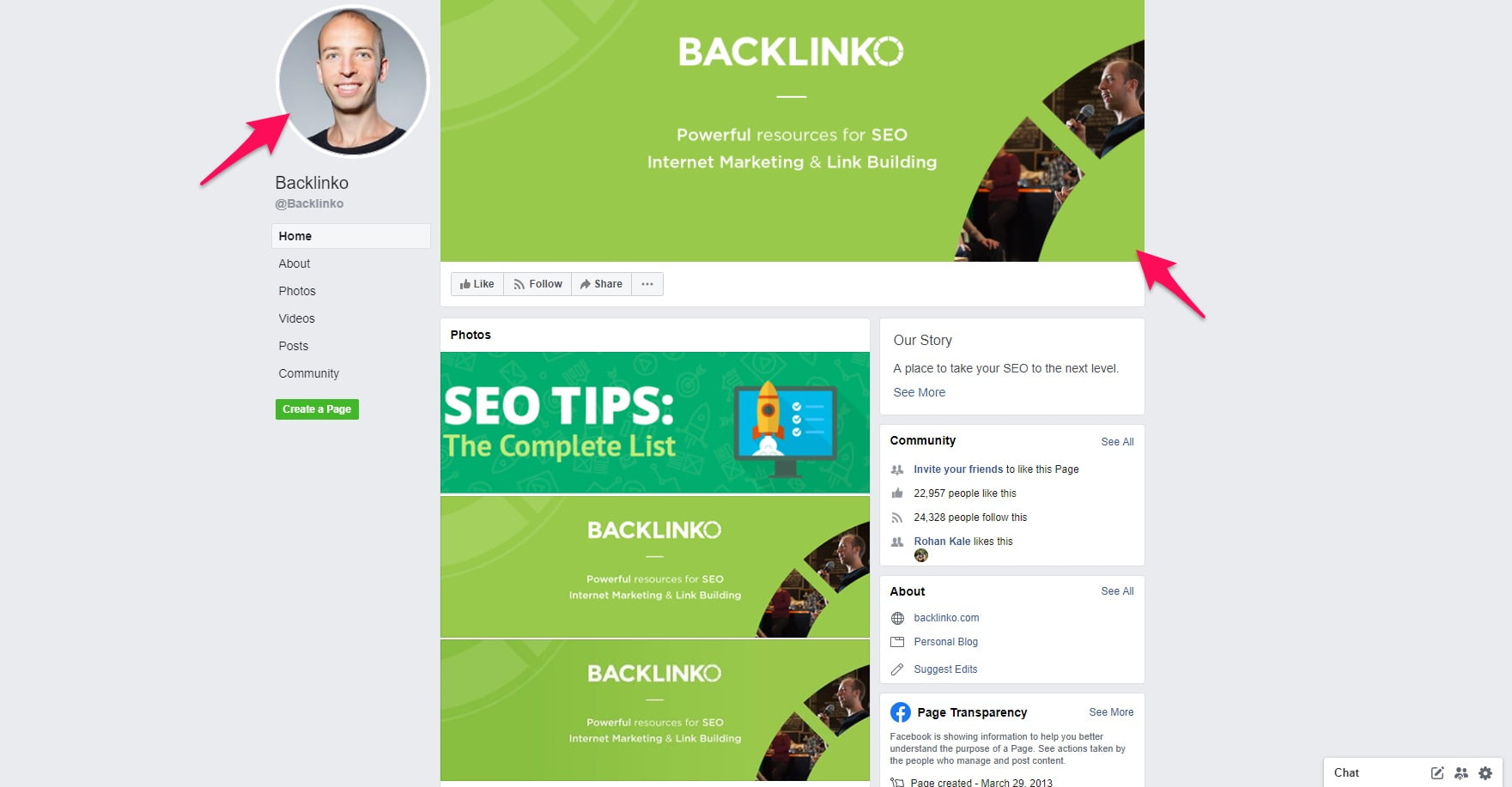
Note the display picture, colours, and elements used.
Now, here’s his Twitter.
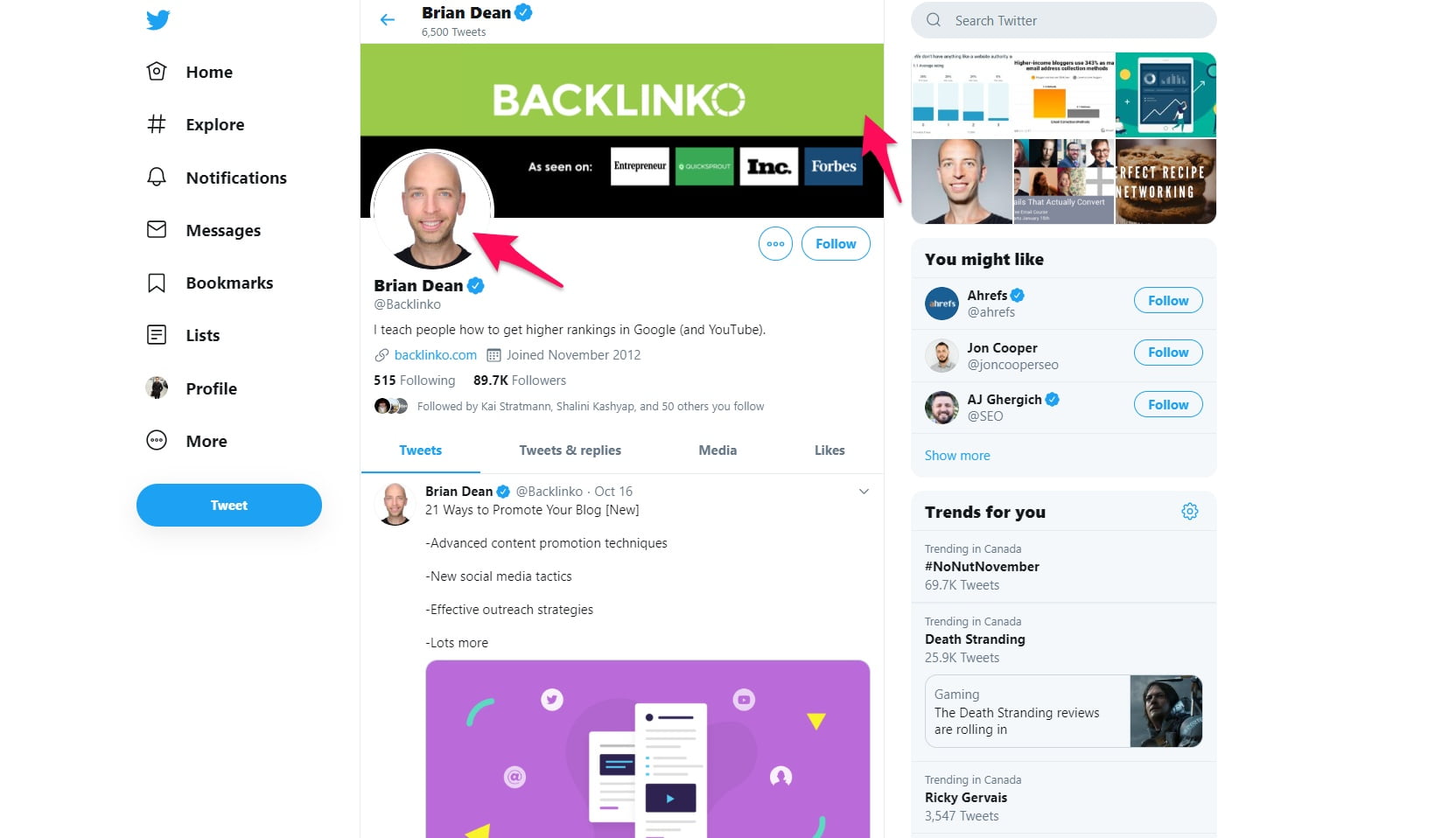
Nobody is going to mistake that handsome bald head for anyone else!
That’s why I highly recommend you give your marketing channels a quick audit to ensure your logo and slogan are aligned.
I’ve made the mistake in the past of having the wrong resolution logos or outdated taglines on my profiles because I forget about them.
That brings me to my next point.
7. Use a logo designer to help feed your inspiration
What goes hand in hand with a slogan?
Your logo!
That’s why a very fun way to learn how to write a catchy slogan is to use a logo generator tool since they can give you inspiration.
Check out Shopify’s free Hatchful tool to see what I mean.
Begin by choosing the industry your business is in.
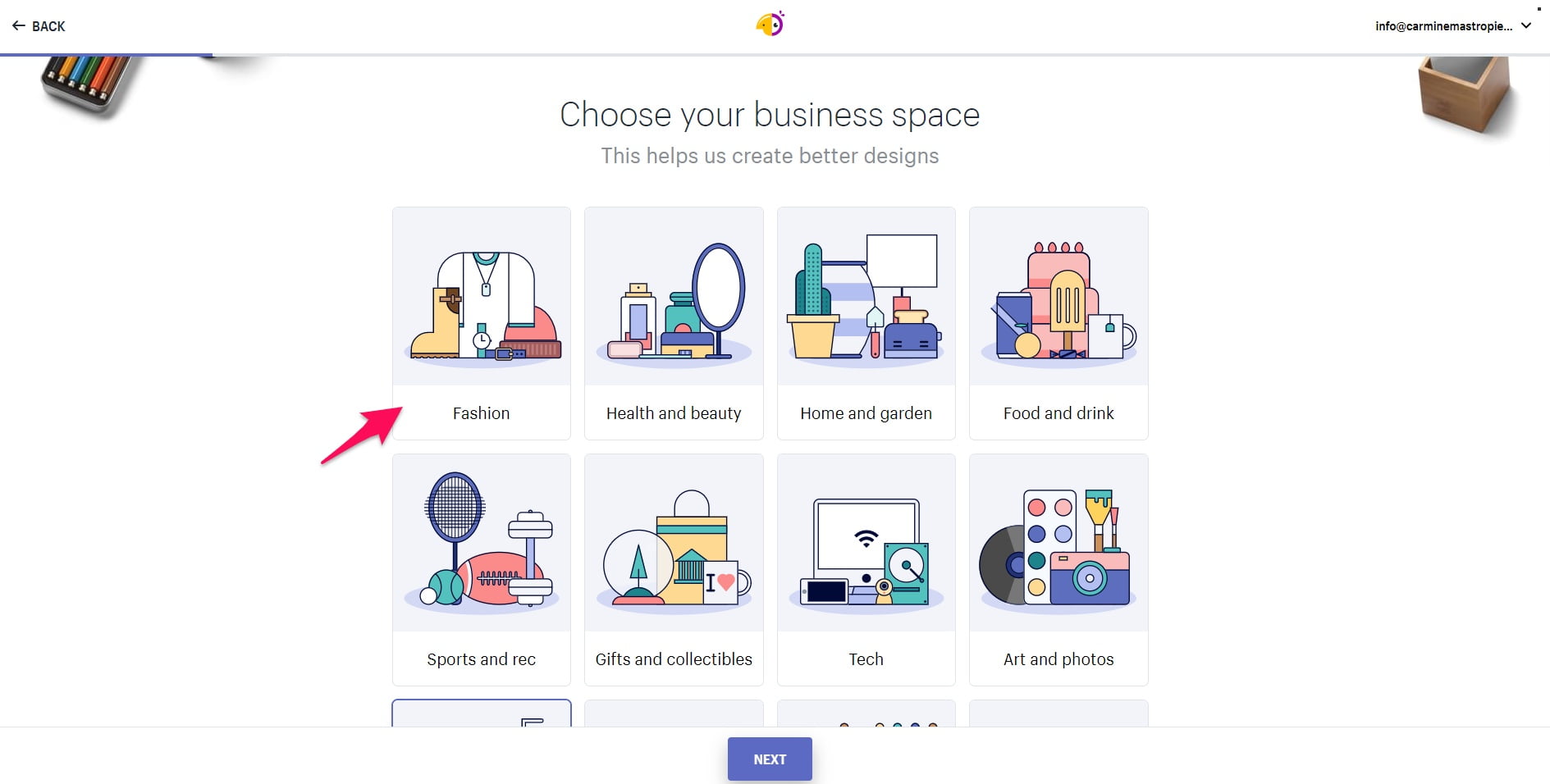
Next, you can select up to three visual styles for the logos to be centered around.
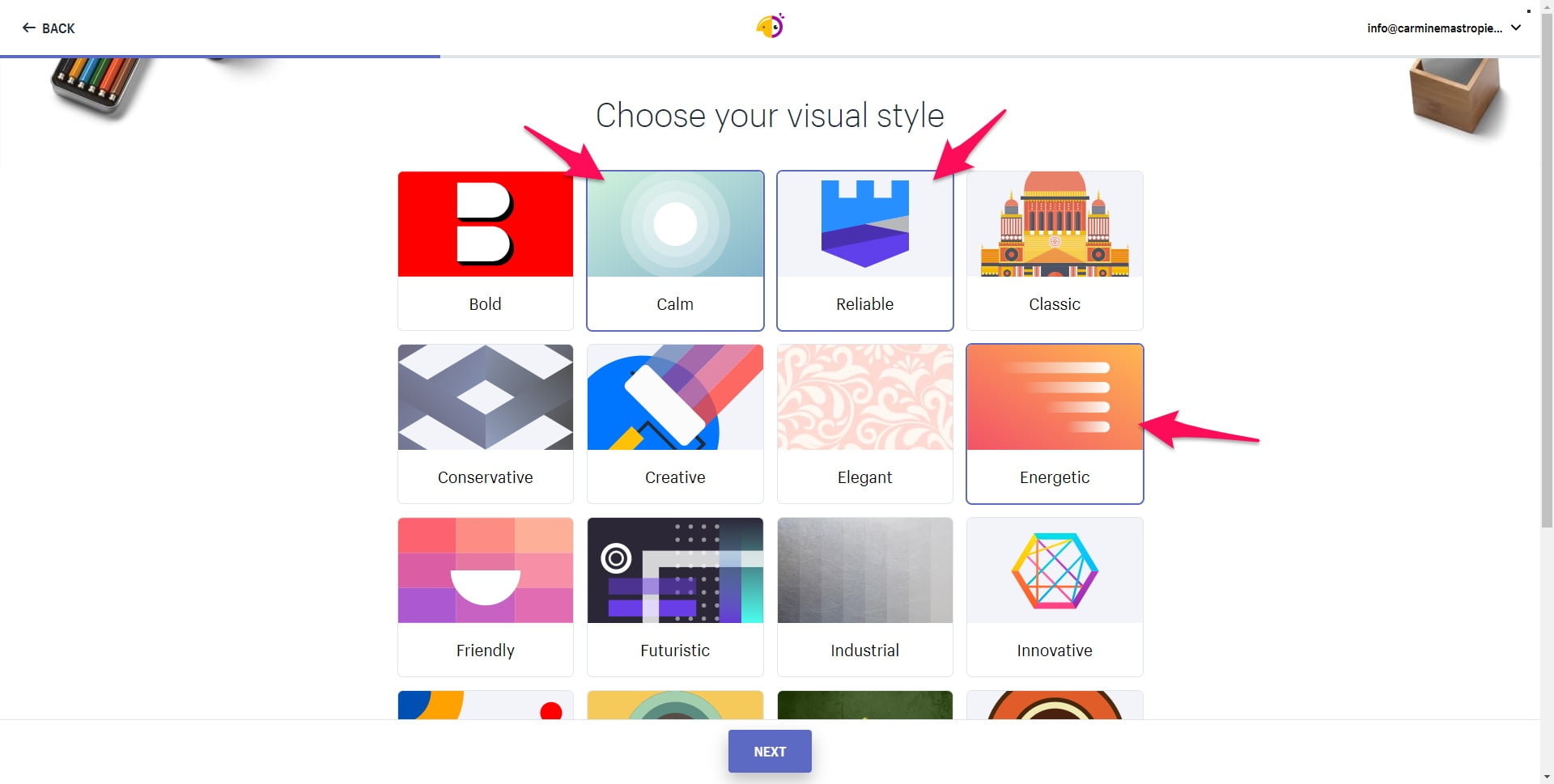
This is an important step because it will affect how you come up with slogan ideas.
Then, add your business information. Obviously, you’re trying to find slogan ideas, so you can leave that section blank.
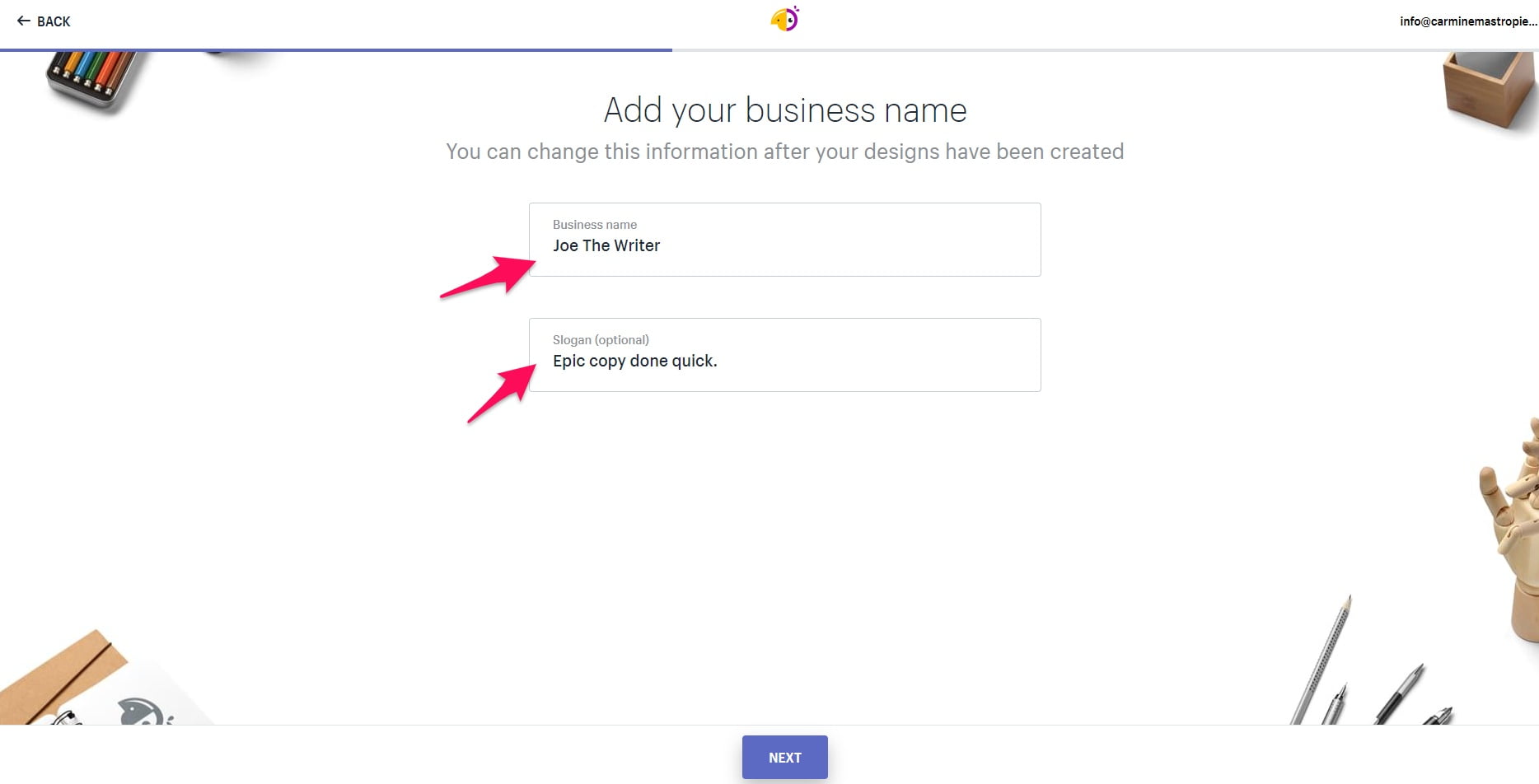
Choose which platforms you’d like to use your logo for and hit the “Next” button.
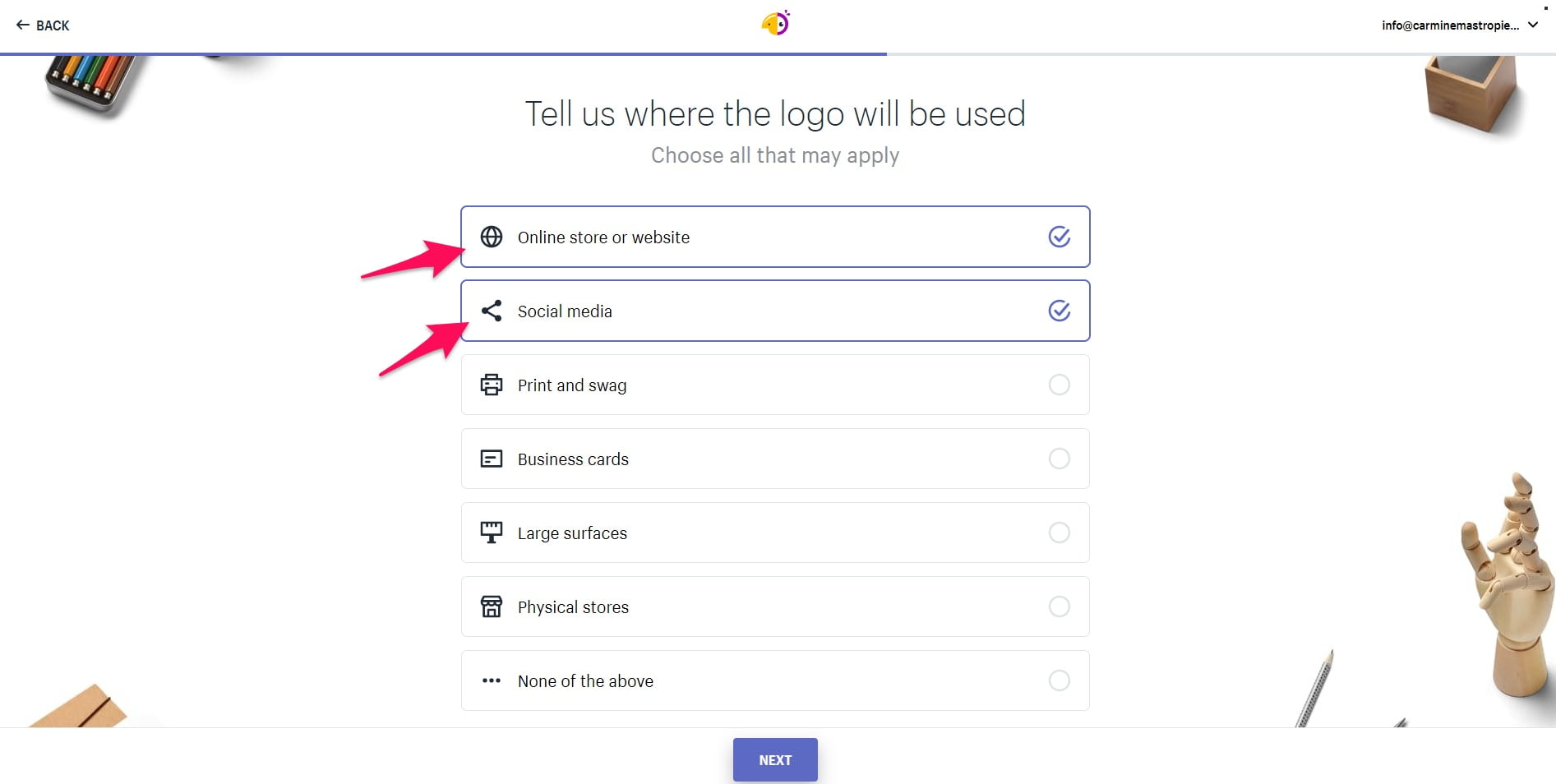
Then marvel in all their glory!
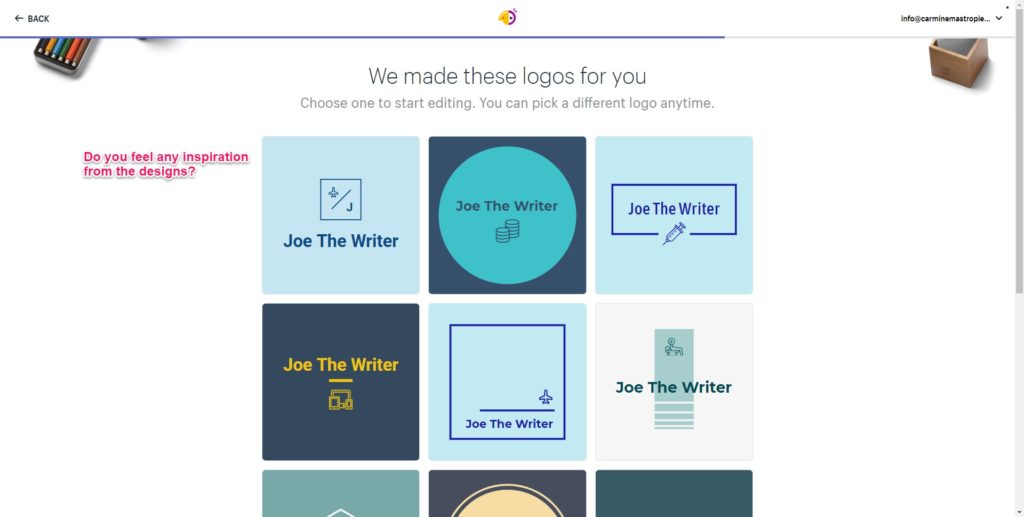
Now you’re probably thinking, “How does this help me come up with slogan ideas?”
Simple.
You need to flex your brain and creativity muscles.
Look at the designs, shapes, colours, and graphics used in each logo. Ask yourself the following questions:
- What are the first words that come to mind?
- What does the logo make you feel?
- What phrase would describe the logo best?
See that third one with the syringe in the above image? I could make a slogan along the lines of “The copywriting doctor,” “A cure to bad copy,” etc.
This brings me to my next point.
8. Write down as many ideas as possible
The hemispheres of your brain do very different things.
When you’re learning to write a great tagline, it’s easy to scratch your head and think too hard.
You end up looking down at the piece of paper or at your computer screen only to see one or two ideas and an hour has passed.
After all, slogan copywriting takes work. Don’t be surprised if you need many sessions to get it right.
Do you know what’s wrong?
You’re using the critical side of your brain which is the left side.

Copywriters need to learn the art of writing and typing fast to engage the creative and emotional hemisphere: the right.
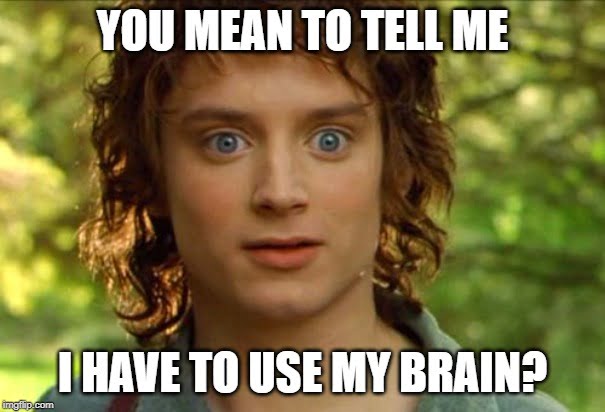
That’s why when you’re using a logo generator as I suggested before to gain inspiration, it’s effective to write down as many ideas as possible.
Your hand should be moving faster than Usain Bolt’s feet on an Olympic track! 🏃♂️ ⚡
Afterward, you will have a mountain of ideas to choose from and also the next thing I’d like to touch on…
9. Get feedback from friends and family
Two brains are better than one!
And for some of us, you may need a few more than two. 😉
Kidding.
One of the most underrated practices to blast through writer’s block is to get feedback from other people.
While it’s ideal that you hand off your work to other entrepreneurs and copywriters since they’re in the same field, outside opinions are great, too.
Think about it.
Slogans are for customers to recognize, right?
Then it only makes sense to give your slogan ideas to those who match your target audience.
Heck, even friends and family can offer insight you wouldn’t have thought of otherwise.
I love doing this for all forms of copywriting.
When someone says “How do I get one?” I know I’ve done my job.
10. If all else fails, hire someone to write it for you!
One of the smartest things I ever learned while running businesses is outsourcing.
You can’t be amazing at everything.
Perhaps you need to hire a slogan copywriter to get the job done quickly.
While a copywriter tends to writing your slogan, you can focus on other operations and tasks that you excel at.
Feel free to contact me if you need copywriting services or check out these previous articles of mine to learn about outsourcing:
- The 8 Best Freelance Websites to Build Insanely Effective Remote Teams
- 11 Freelance Writing Job Boards For Consistent Work
- Freelance Writing Rates – What to Pay/Charge
If you’ve never outsourced anything before, don’t worry.
A good writer has impeccable research and organizational skills. Their process and expertise will take care of the entire process and you won’t have to worry about a thing.
You simply provide all of the information about your brand that they need and next you know you’ll have an epic slogan.
I recommend having a discovery call with the writer to ensure that they understand your company, buyer persona, and goals.
Give them branding guidelines and other documents to assist their writing.
11. Use a call to action
Calls to action, or CTA for short, is a word or phrase that tells people what to do next.
It helps increase conversions and engagement.
You can add a call to action in the slogan so whenever a consumer sees your brand, they’re subconsciously primed to take action (buy).
Look at Skittles’ slogan for example.
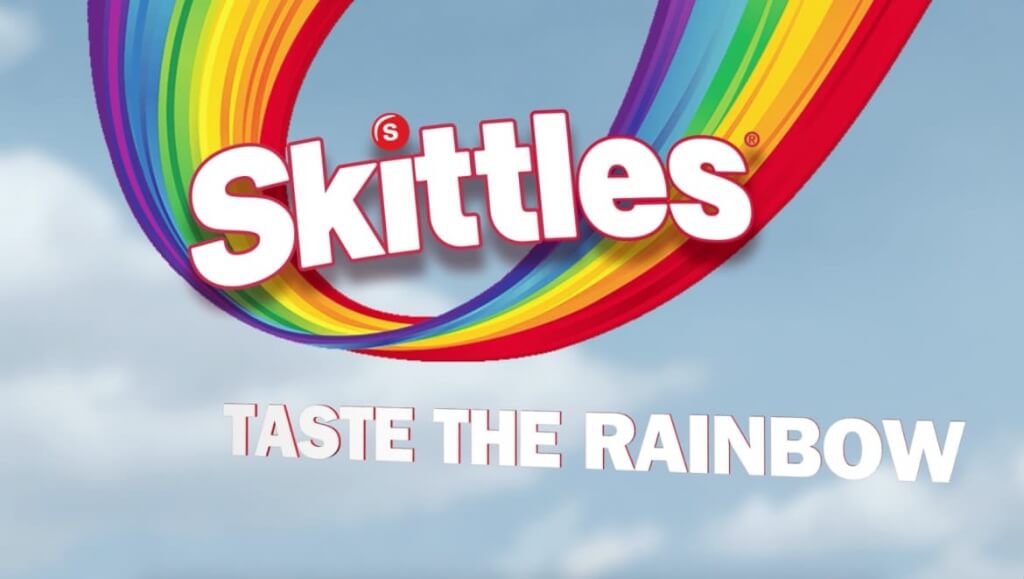
Saying “Taste The Rainbow” is subtly telling readers to purchase and taste the candy.
Other phrases and words you can mix into CTAs and slogans are:
- Buy
- Get
- Think
- Love
- Imagine
- Now
- Today
- Shop
- Browse
12. Ask a question relevant to the customer
One of the best ways to get someone’s attention is by asking them a question.
This makes stop in their tracts to think, even just for a millisecond.
Take for instance, Microsoft’s slogan “Where do you want to go today?”
This tagline was very meaningful because Microsoft was all about reaching the limits with computers and in the internet.
You could go anywhere you wanted through Windows.
Try asking a question that’s related to what the consumer wants, needs, or desires.
Is it achieving a certain lifestyle?
Saving money?
Feeling better about themselves?
Tie this into the slogan and it will have a positive impact on branding.
13. Target the customer’s pain points
Consumers buy products to solve problems.
These can be emotional, health, financial, etc.
Knowing this is a huge part of slogan copywriting and all forms of advertising.
Targeting these pain points helps consumers harmonize with an ad, realize they’ve found a solution, and take action.
“M&Ms melt in your mouth, not in your hand.” is a great example from M&M candies.
I’m sure you’ve had melted chocolate on your hand that gets onto your pants or something else. No fun.
M&M use their slogan to solve that problem which positions themselves as a better candy too.
Slogan copywriting examples
Next, I’m going to cover some examples of slogans that you can use as inspiration.
McDonald’s
Everyone knows this one.
McDonald’s “I’m lovin’ it” is easily one of the most famous business slogans of all time.

It’s easy to remember and placed all over their packaging and online material.
When McDonald’s first came up with the jingle in 2003, they partnered up with Justin Timberlake (yes, really) to make a song.
From there it was drilled into pop culture. It allowed the public to connect with McDonald’s on their own.
That’s something to think about…
Slogans aren’t just catchy word-plays that are placed alongside logos.
They can be used for large campaigns and make a significant impact on consumers.
In fact, the campaign increased worldwide sales for Mcdonald’s by $1.8 billion that year. Three words did that.
Apple
In case you didn’t read the Steve Jobs autobiography, let me give you some background that I learned from that book.
During the early days of Apple, Steve described the company as “pirates” who would take ideas from other businesses and make them better.
My favourite part was when he sent employees to Xerox for a tour but told them to take pictures and notes so they could use the UI for Apple products.
He was a visionary. He couldn’t code or do any of the grunt work, but he had the ideas and knew they could be brought to life.
Naturally, Apple’s “Think different” slogan was born.

It was advertised during the years 1997–2002 in particular.
The catchphrase sums up Apple’s mission to constantly innovate, deliver the best, and think outside of the box–all of which give the customer a better product.
Nike
Nike is all about athleticism, exercising, and sports.
This combination contributed to the birth of the “Just Do It.” trademark in 1988.
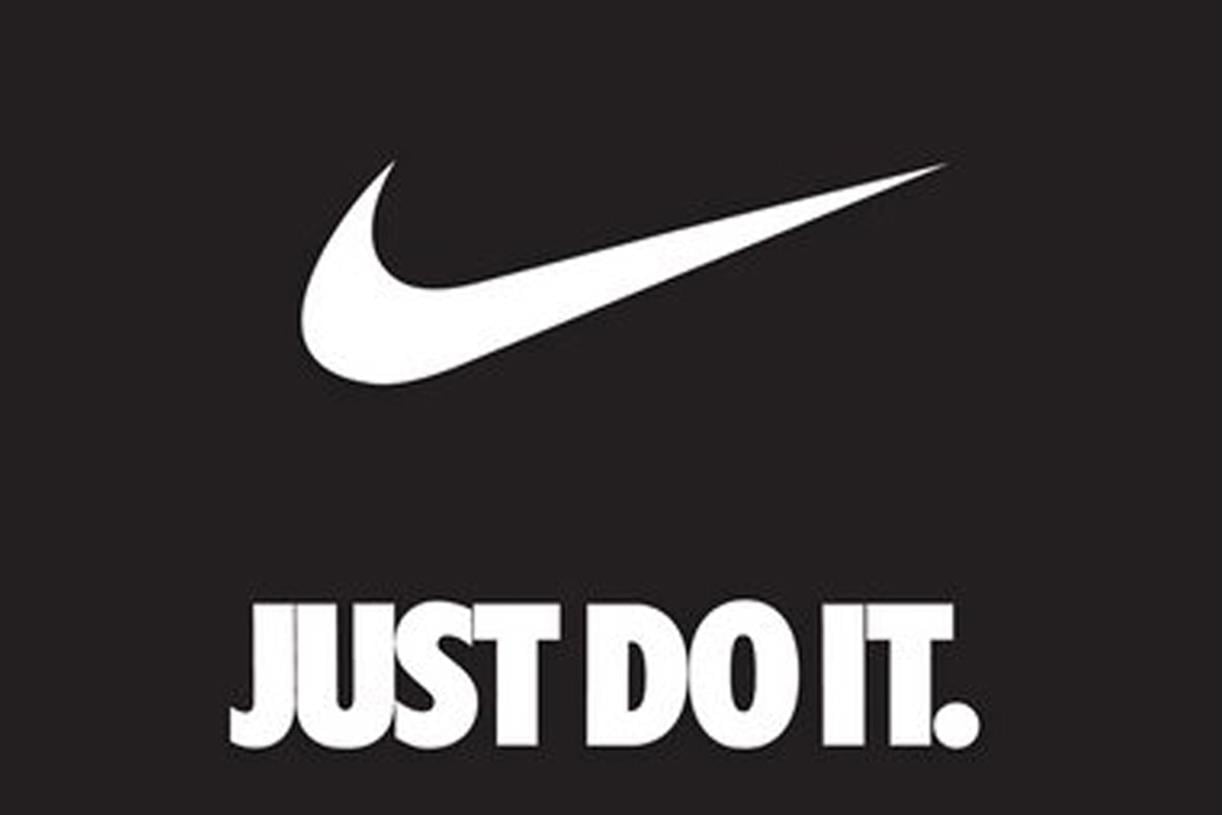
The campaign allowed Nike to increase worldwide sales from $877 million to $9.2 billion from 1988–1998.
It commonly appears along with the trademark Swoosh and was intended to be intensely personal and motivating.
Nike’s accompanying advertisements included a range of people from different ethnicity and targeted a large range of Americans.
Nokia
Nokia’s mission statement and tagline have been “Connecting People” for more than 20 years.
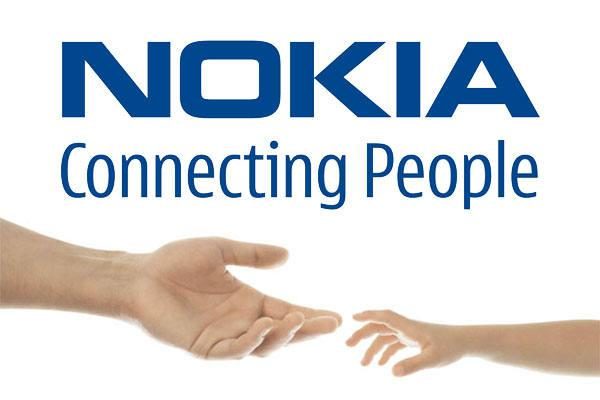
This is a blurb that guides the company’s actions to always be aligned with its top priority: bringing people together via great technology.
Think about how digital the world is these days.
…The internet.
…Smartphones.
…Skype.
You name it.
Nokia creates software and products that empower all of these things and more, ultimately helped people connect and engage with one another.
Next time you’re writing a slogan, brainstorm how it can strengthen your organization’s mission statement.
Wrapping up slogan copywriting
The tagline of a business is a very subtle but key component of branding.
It allows you to instantly sum up your value proposition and product.
Unfortunately, a lot of companies don’t use a slogan, and they’re missing out on brand recognition and loyalty because of it.
Don’t be one of those businesses anymore.
Apply these main takeaways from today’s blog post and begin making a name for yourself in any industry:
- State a direct benefit or your unique value proposition within the slogan. This ensures that customers know precisely why it’s worth purchasing from you.
- Keep slogans short since the average person has a small attention span.
- Align taglines with logos to keep consistent branding.
- Add in some humor or a playful line to make your business appear positive and charismatic.
- Study competitors to find an opportunity for creating a slogan that stands out from the crowd.


